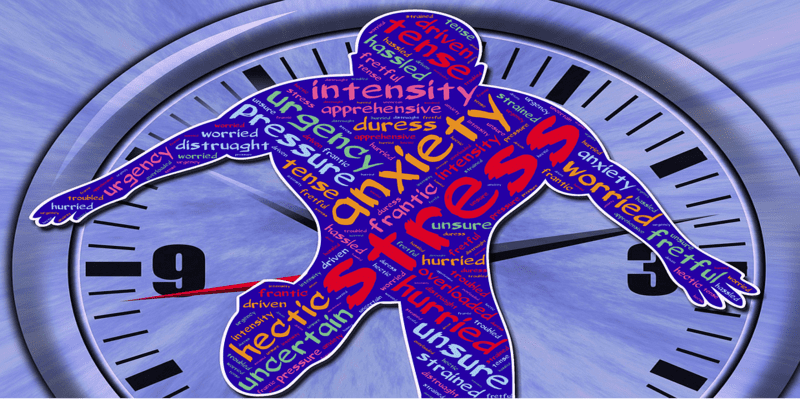Don’t Fall Victim to Employee Burnout


The Mayo Clinic describes burnout as “a state of physical, emotional, or mental exhaustion, combined with doubts about your competence and the value of your work.” As a business owner or manager, that’s not a state you want your employees to reach, because once that happens, their performance is likely to suffer.
Job-related demands, rouge management and looming deadlines are all contributing factors to employee burnout. According to a recent study by Bridge by Instructure, a talent management software provider, 78 percent of workers say that putting in more hours is essential to getting promoted and doing well in their fields. However, only 33 percent of employees are encouraged to take the paid time off they’re entitled to, while just 11 percent are encouraged to use their sick days for mental health.
The main issue here is, when employees don’t get a break, they’re more likely to grow less motivated and less productive over time. Maurie Backman, a personal finance writer who’s passionate about educating others, provides a few ways to help your employees avoid burnout.
“For one thing, encourage, or even force, employees to take time off. More than half of U.S. employees leave vacation days on the table each year because they’re afraid that by maxing out, they’ll look bad or fall behind. But if you let it be known that it’s OK to take time away from the office, your workers will be more likely to get the mental break they need,” Backman explains.
Offering your employees flexible work arrangements is another simple and easy way for them to avoid burnout. Flexibility often makes for a much better work-life balance and acts as a great de-stresser.
“You might, for example, allow folks with long commutes to work remotely a few times a week, or give certain workers a courtesy day off following a period of extra-heavy assignment loads. Similarly, you might establish a comp time structure wherein workers who put in a certain number of hours above the norm get a day back, so to speak, later that month. All of these moves serve the critical goal of giving workers a chance to clear their heads and come back refreshed,” Backman adds.
Lastly, Backman suggests on regular check-ins to gauge employees stress levels and workloads. Some businesses mandate that managers conduct weekly one-on-one meetings for this very purpose. Even making it a biweekly or monthly sit down can help.
“The goal is to make employees feel like they have an open line of communication with their managers, and a forum during which they can air their grievances and concerns,” says Backman.
Looking for more? Download our Talent Management Buyer’s Guide for free to compare the top 24 Talent Management and HR Tech vendors head to head. The guide also includes 4 key capabilities to consider while selecting a new solution and 10 questions to ask yourself and the vendor before purchasing.
And don’t forget to follow us on Twitter, LinkedIn and Facebook for all the latest in Work Tech!




















